We are one of the UK’s largest independent toughened and laminated glass manufacturers and glass merchants. We stock a full range of glass from leading British and European manufacturers.
- Stock Glass in a variety of sizes
- Laminated Glass
- Toughened Glass
- Fire Resistant Glass
- Processed Glass

 Emergency Glaziers
Emergency Glaziers GGF Shop
GGF Shop MyGlazing.com
MyGlazing.com Find a GGF Member
Find a GGF Member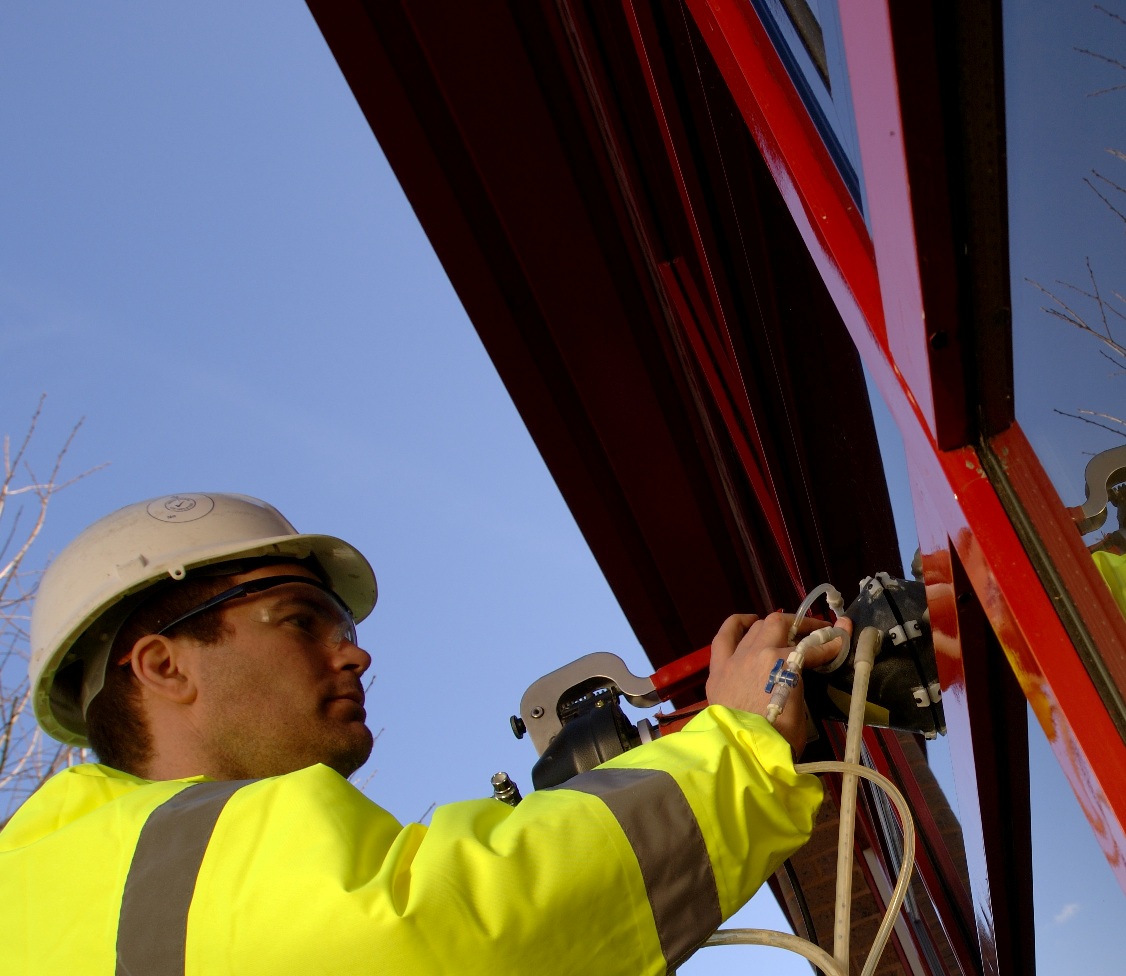
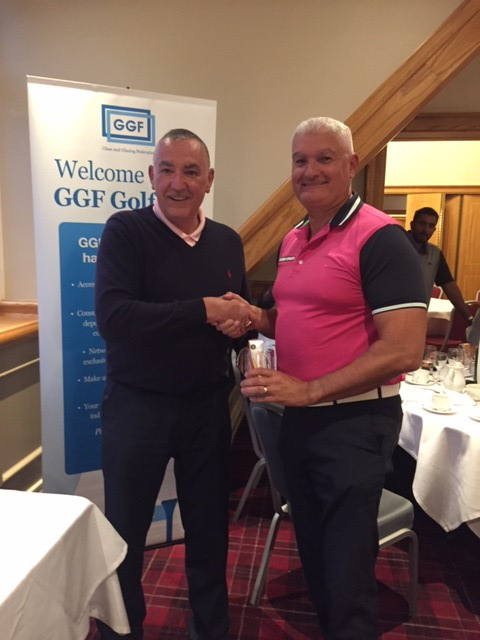

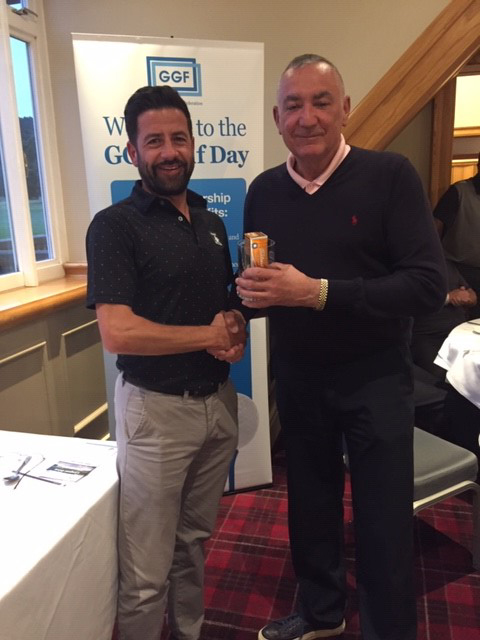


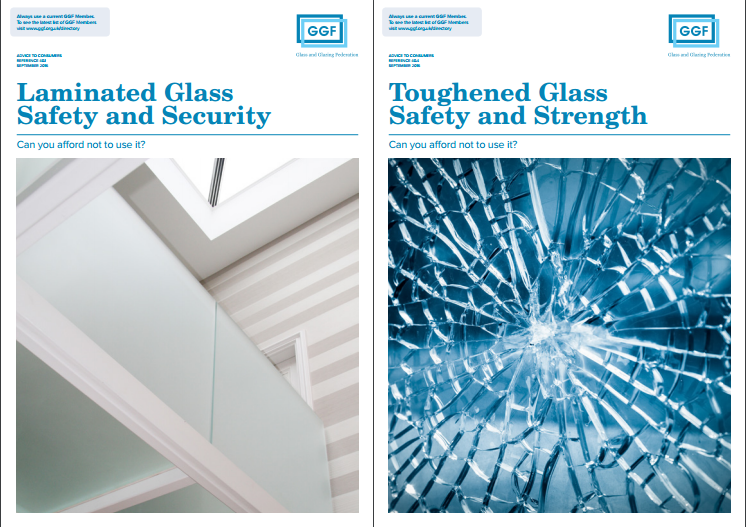
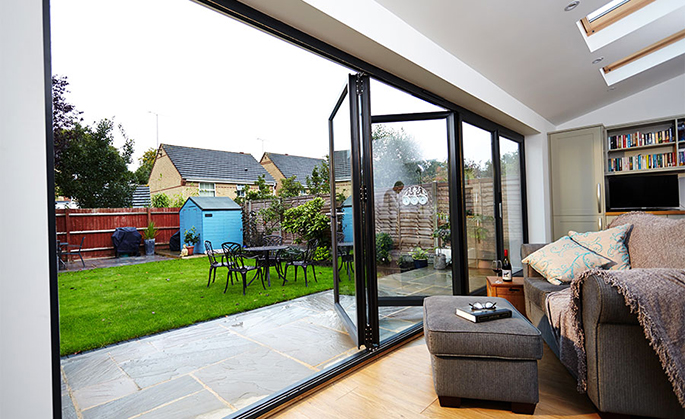
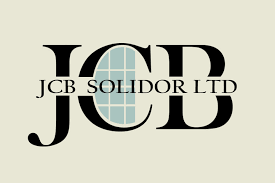
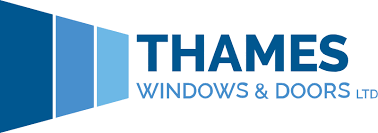
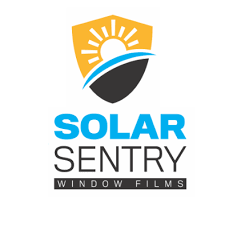


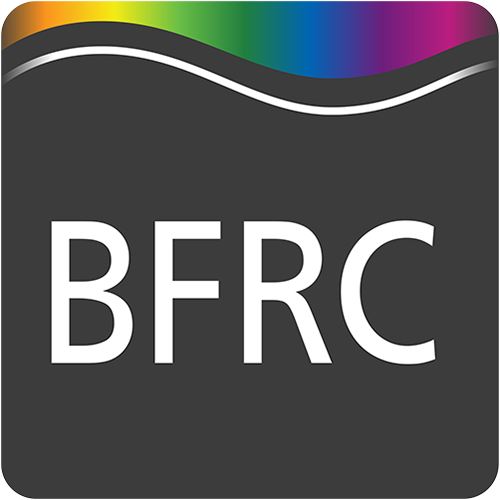

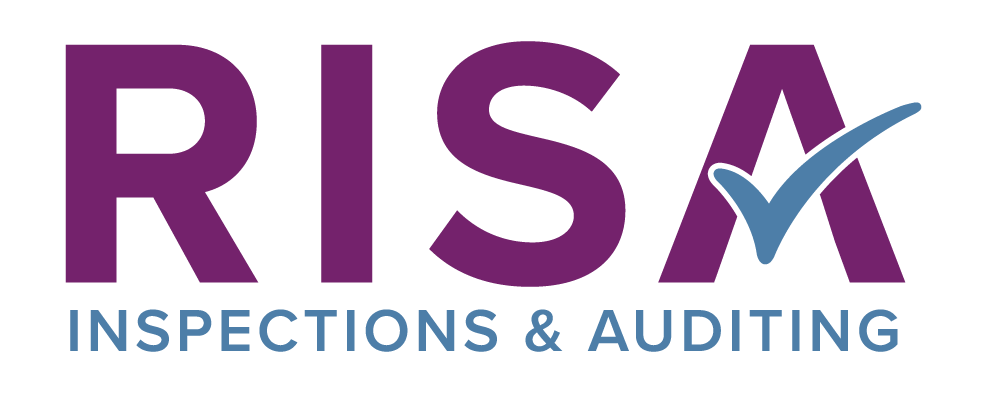

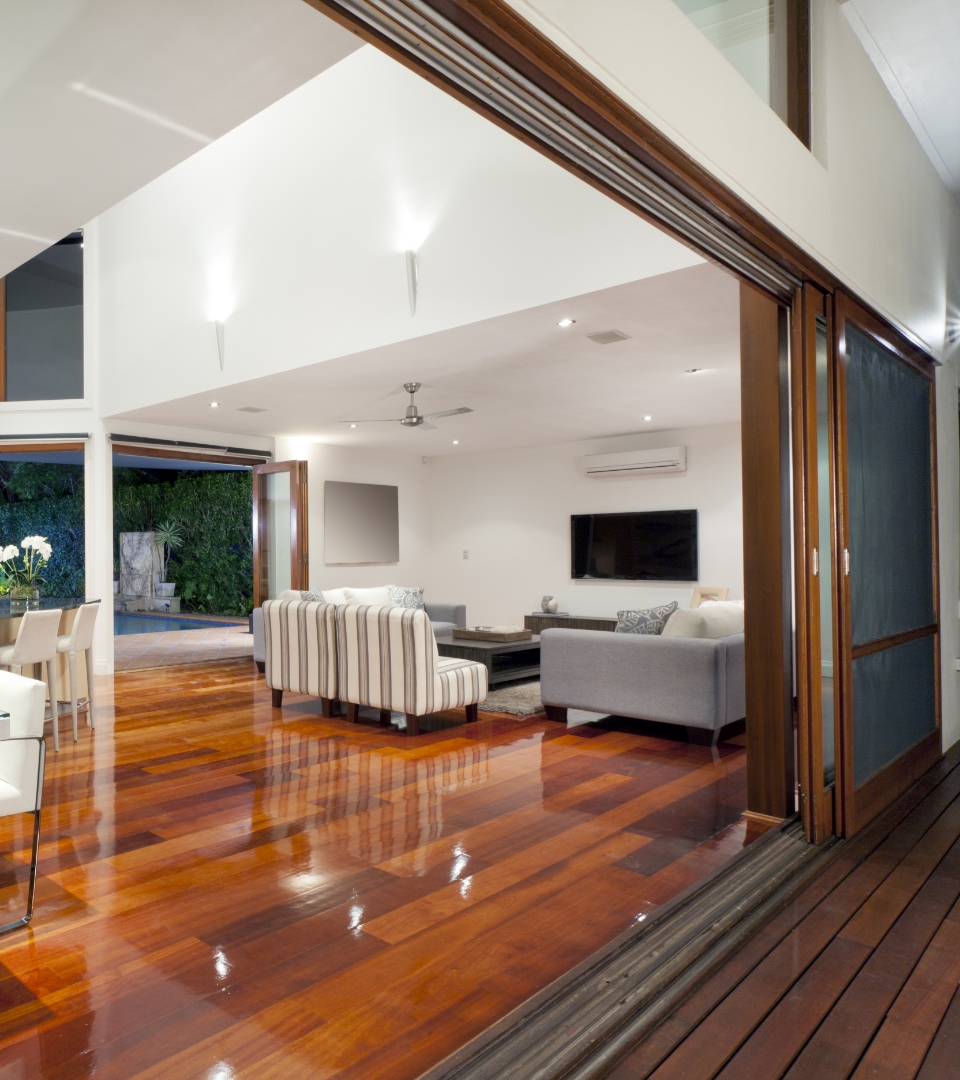

If you have a comment to make or any information relating to this article please contact the GGF